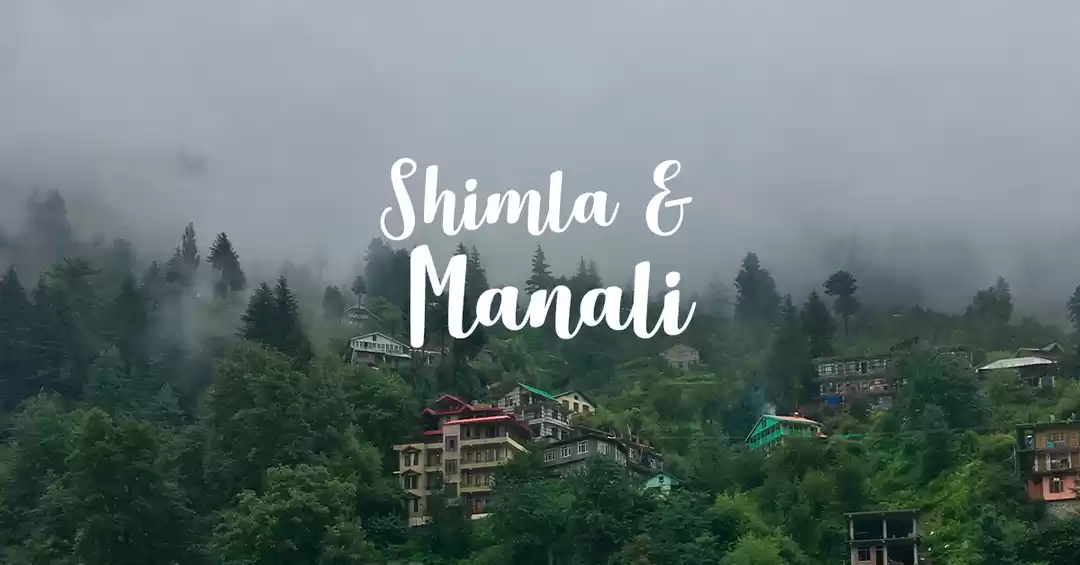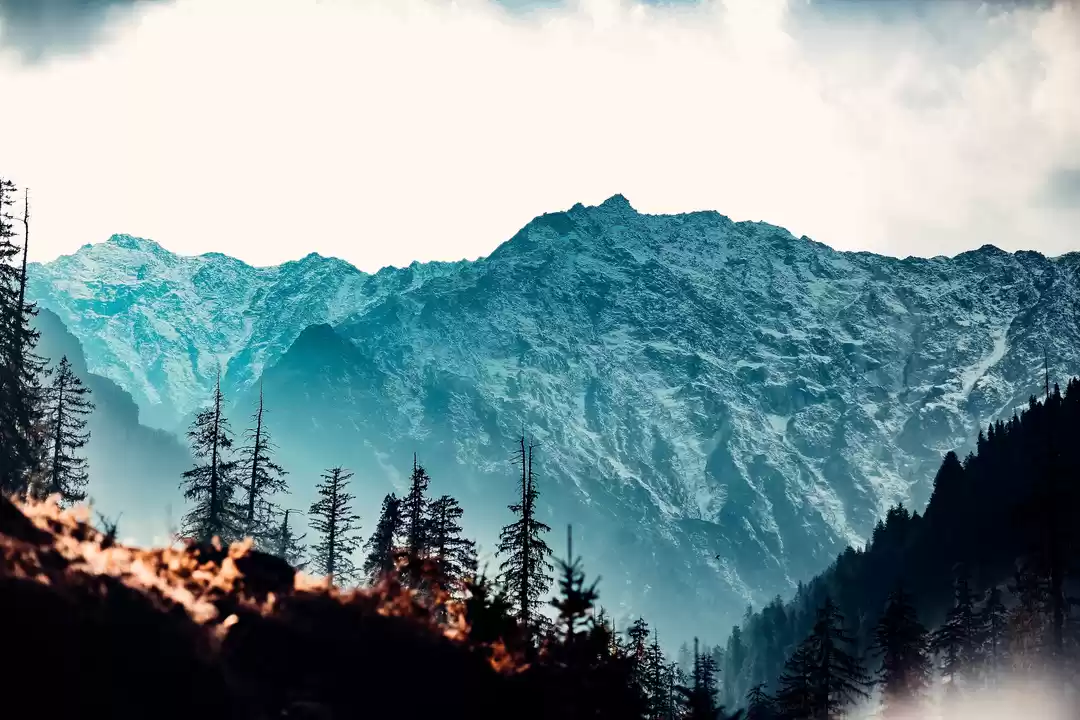Our country is filled with various tea plantation in multiple states. These tea are famous for their unique taste and flavor. One such tea plantation is in at Kangra in Himachal Pradesh. Kangra Tea from Himachal Pradesh has been given the European Geographical Indication (GI) label, according to a tweet from the EU Agriculture on March 29. This is a significant certification that confirms the tea's provenance from a certain area.

What is GI and its importance?
A GI, a type of IPR, is primarily an industrial, handicraft, or agricultural product that originates from a certain geographic location. Such a name typically carries a guarantee of quality and originality, which is mostly attributed to the location of its origin. This tag is good for ten years, after which it can be renewed. Any individual or business cannot sell a comparable product under that name once a product receives a GI tag. The item's legal protection, protection from unauthorised use by others, and encouragement of exports are some other advantages of GI certification.
Introduction
In the Western Himalayan slopes of the Dhauladhar mountain range, 900–1,400 metres above sea level, Kangra tea is cultivated. It tastes sweet and has a nutty, woody scent. The tea known as "Kangra tea" is made from the leaves, buds, and fragile stems of the Camellia sinensis plant that is grown in the Kangra valley (Himachal Pradesh, India). The primary traits of "Kangra tea" leaves include a multi-stemmed frame and narrow leaves. Kangra tea is grown using varietals specifically chosen for the area and seed stock bred in the Kangra valley. The flavour profile of "Kangra tea" is characterised by nutty, winter-green, and woody floral smells. A sweet aftertaste is left behind by the "Kangra tea." Kangra tea has a high spirits body and a pale colour. Kangra tea leaves also include amino acids such as theanine, glutamine, and tryptophan in addition to up to 13% catechins and 3% caffeine. The Kangra Valley produces traditional black, green, oolong, and white teas.
Location
Kangra tea is grown in a number of locations in the Western Himalayan mountain ranges' Dhauladhar slopes. Notable locations include Palampur, Baijnath, Kangra, and Dharmshala in the Kangra district; Jogindernagar in the Mandi district; and Bhatiyat in the Chamba district. The Dhauladhar mountain ranges in the Himalayas, which are covered with snow, have particularly particular geographic characteristics that the Kangra area, as stated in this application, benefits from. All of the tea plantations are located in mountain ranges between 900 and 1400 metres above sea level, which makes altitude one of the region's most distinctive characteristics.
Climate
Moreover, the Kangra region experiences a lot of rainfall each year. The city of Dharmshala and the surrounding areas are in fact second only to Mawsynram in the Indian state of Meghalaya in terms of rainfall. At Dharmshala, annual precipitation averages between 270 and 350 cm.
It is believed that the tea's unique characteristics are a result of the region's geographic characteristics. In 2005, Kangra tea in India was given the Geographical Indication status.
The marking will make it easier for Kangra tea to get access to the European market. In 2005, Kangra tea was given the Indian GI designation. In Himachal Pradesh's Kangra region, tea planting and growth have continuously become better since 1999.
The government recently announced that it would give qualifying organisations financial support for programmes to promote items with Geographical Indications (GIs). Basmati rice, Darjeeling tea, Chanderi fabric, Mysore silk, Kullu shawl, Kangra tea, Thanjavur paintings, Allahabad surkha, Farrukhabad prints, Lucknow zardozi, and Kashmir walnut wood carving are among of the well-known products that have the GI designation.
For travel info, follow me on Instagram @worldlensme
Ready to travel for free? Earn credits and redeem them on Tripoto’s weekend getaways, hotel stays and vacation packages!
Explore the best of travel inspiration on Tripoto Instagram!




































